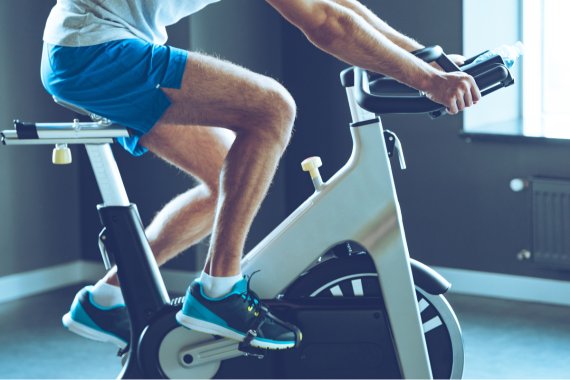
Roller trainer or indoor bike (spinning bike) should be the first decision during home training. Roller trainers have the advantage over indoor bikes in that they simulate pedalling more realistically, the flywheel of the indoor bike does not allow idling and also makes the so-called "round step" more difficult. Most roller trainers are portable and therefore mobile.
A definite disadvantage of roller trainers is the noise, which inevitably arises when pedalling due to tyre friction and sometimes even calls the neighbours on the scene due to disturbance of their peace. In addition, the performance on the roller trainer can quickly become a balancing act because the rear wheel is not fixed. This in turn, however, also represents an advantage: On the one hand (as a side effect) a good balance training, on the other hand most models are compatible with almost every bike, so that you can train on your own well known bike.
As far as the price is concerned, you can usually get away with the roller more cheaply, and you also need less storage space. The indoor bike on the other hand often enables more training options. There are spinning courses as a communal experience with like-minded people in almost every fitness studio.
The quality of the indoor bikes varies (by the way, only bikes produced by the brands Star Trac and Spinning are allowed to carry the trademarked name Spinning Bike), the main differences are in the saddle, drive (belt or chain), variable grip positions on the handlebars and use of materials. Whether indoor bike or roller trainer, cannot be answered in general, but depends individually on the goals and circumstances of the user. Noise and purse are certainly for many a decisive factor when buying.
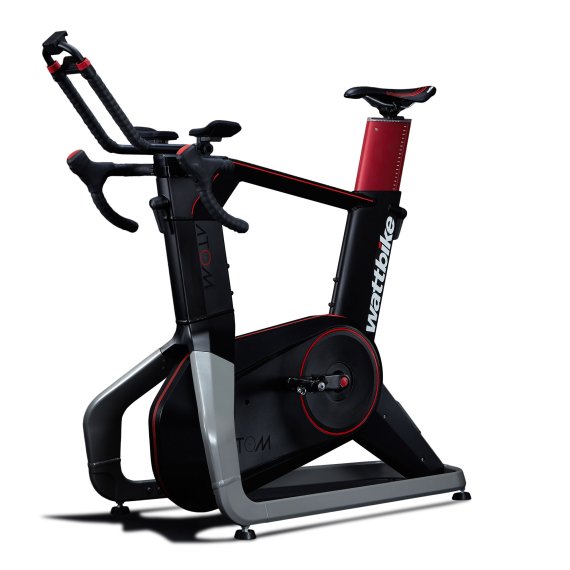
Thanks to an almost unmanageable range of bike trainers, apps, smart trainers, simulators and video games, everyone can now get through the winter well trained and varied - even without leaving the house if necessary. In the past, you only needed a spinning bike and at most one bike computer. In the digital age, however, one encounters a wide selection of training offers that make a purchase decision somewhat more complex. First of all, the question arises whether one wants to use an indoor bike or a roller trainer as hardware. Both can be combined with numerous software applications and apps, which provide the training offer and, if necessary, the digital landscape. If you want to take a professional approach to training, an application for data-based performance measurement is worthwhile.
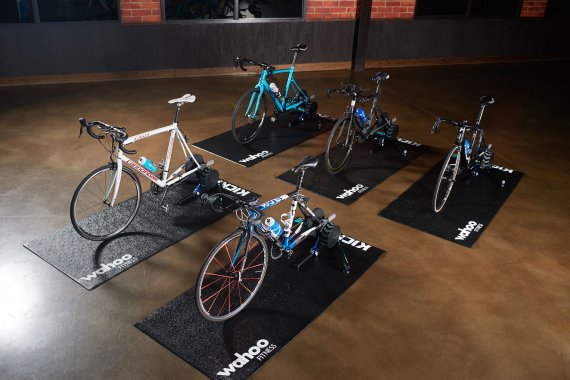
The Wahoo Kickr is one of the most established roller trainers on the market. The first version was introduced in 2013 and has been continuously improved since then. The latest product, the Wahoo Kickr Smart Trainer, has only been on the market since autumn 2019 and costs nearly 1,200 euros. Although the device weighs a proud 21 kilograms, in many respects it stands out positively from most other competitor products: The high weight gives the roller trainer high stability and robustness, which is noticeable during training with a very realistic driving feeling. The Kickr is also fully compatible with third-party software. So if you don't want to use the Wahoo Fitness App, you can connect any other training software to it. A further advantage is the relatively low volume annoyance when driving for a roller trainer. The scope of delivery also includes an RPM cadence sensor, which is crucial for power measurement. So you save the additional purchase of a power meter, which is a special incentive for very ambitious people.
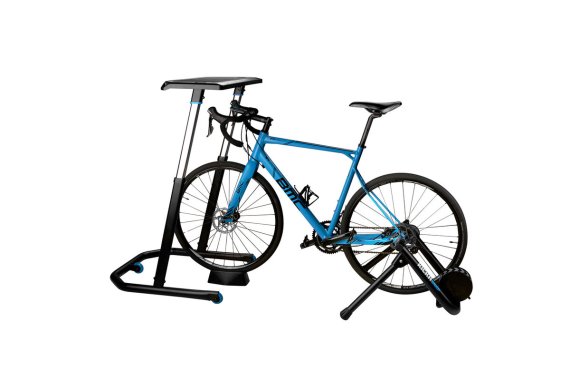
Two innovations, which should contribute to an even more realistic simulation, are on the one hand the Wahoo CLIMB. The "cradle pedal" is used to adjust the ascents, so that, for example, you can also train the cradle pedal (driving while standing).
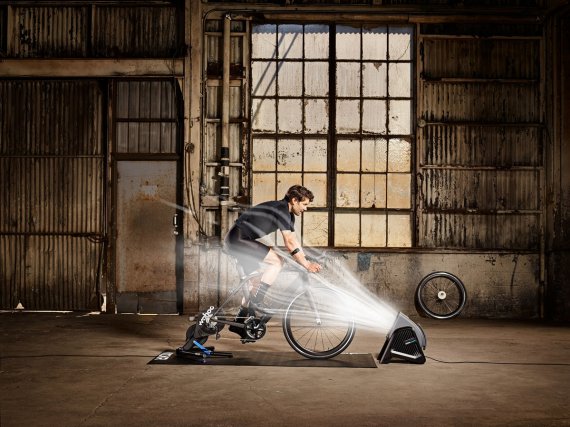
Somewhat controversial among the users is the Wahoo Kickr HEADWIND, which - as the name suggests - ficts the headwind while driving. Whether you really need this 229.99 € fan is an individual decision. However, it is a solution for the extreme heating of the body due to the lack of airflow, which occurs during stationary biking. A commercially available fan can be a (somewhat less realistic) alternative here. The maximum simulated power is 2,200 watts, enough to challenge even professional athletes.
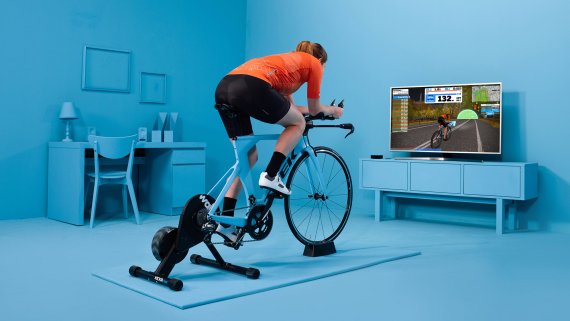
Zwift is the "mother" among the training applications and has by far the most users on the market. The app mainly serves the play instinct of the trainee and turns the training into a community event with competition character. Besides real tracks, the fictional world of Watopia offers countless tracks designed with great attention to detail.
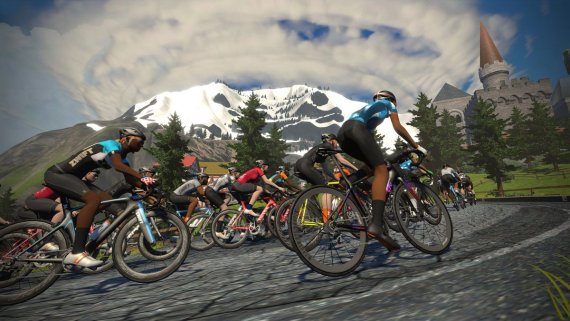
Every day the app offers about 40 different races, and if you like it particularly competitive, you can register at zwiftpower.com and drive in ranking mode. The handling is very simple, with 15 Euro per month the price is rather high compared to other training apps. Nevertheless, Zwift is undoubtedly one of the most varied and best programmed applications in the field of training apps.
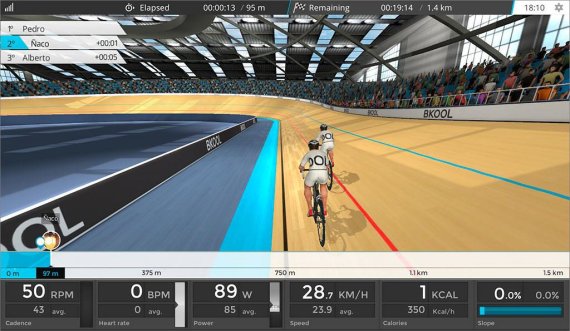
The supplier Bkool from Spain builds roll trainers and also supplies the software for them. Bkool Indoor is one of the more complex representatives on the market. Since you can upload the GPX data, you have an infinite number of courses at your disposal, but you get some tracks as 3D animations, some only as 2D footage and some only as maps. The graphics and aesthetics can't keep up with Zwift, the avatar sometimes shrugs a bit hectically across the screen. With 9,99 € per month you can get away cheaper, but if realistic graphics, playfulness and details are important to you, you should rather look around in the direction of Zwift. A good training effect can definitely be achieved with the Bkool software. In addition, live races are almost always available.
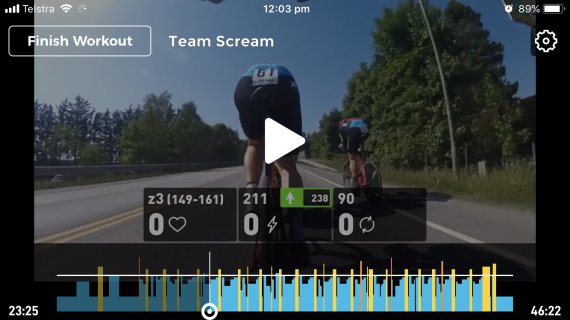
The Sufferfest focuses entirely on effective training. With 12,99 USD per month the subscribtion is somewhat cheaper than Zwift. The application first recommends the user a performance test to create a profile, which then divides the user into different driver categories, such as mountain driver, sprinter or time trial driver. The profile forms the basis for the training plans created by the app. Clever: The training plan can be adapted to your individual time budget, but for an effective training the provider advises to invest at least five hours per week. Special feature: The Sufferfest also offers mental training for particularly motivated people, which is supposed to help you progress in everyday life beyond sport. A small malus is the complex user guidance, which can be a bit confusing at the beginning.
As an example (the complete range of training apps and software would require an enormous amount of reading), only two other competitors are presented here. Other competitors such as Virtu Go (comes from ex-pro Michael Rogers and is free in "free ride" mode, but has not been on the market since November 2019), tacx or Road Grand Tours all have their respective advantages and disadvantages and are definitely worth considering when buying.
Among professionals, but also increasingly among amateur athletes, performance measurement is part of the sports scientific basis of effective training. "General" goals such as weight loss or improving basic fitness can certainly be achieved without data-based training. However, performance measurement is the first step towards data-based performance improvement. If a proper evaluation is missing, the power measurement remains pure data accumulation without function. A trainer with knowledge of sports science is usually best placed to interpret such data.
However, there are also power meters, or bicycle computer systems coupled to them, that can help. The biggest innovation in recent years is probably the switch from heart rate based training, which is considered outdated, to watt-based training. This is where the powermeters come in. With the introduction of the ANT+ data transmission standard, most powermeters today are compatible with just about any bike computer or many smartphone apps, enabling IT-based data analysis. There are numerous systems to measure the performance on the bike: With special belts for strapping around, on the pedal, on the rear wheel scar, in the shoes or on or in the crank arm. Market leader Garmin relies on measurement on the pedal, competitor Stages on the other hand measures on the crank arm.
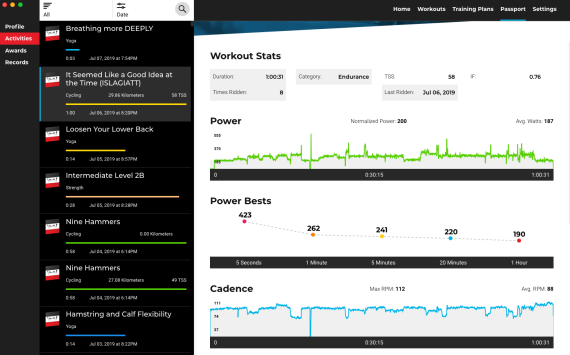
Industry leader Garmin has the Vector 3S as bestseller in its portfolio. Available from € 499.99, the performance is measured with a sensor on one pedal and doubled in the result, i.e. extrapolated to two pedals, which is a sufficiently accurate value especially in amateur sports. For a little more money (899,99 €) a dual pedal measurement is possible, which also measures the force distribution between left and right pedal. Although the manufacturer certifies the best connectivity with Garmin bike computers, the Vector 3S can also be used with any ANT+-enabled device.

What do we learn from these lines? Indoor cycling is a sensible alternative to outdoor biking during the cold season. The market for this is huge and difficult to oversee. Systematic and target-oriented training, however, requires equipment that has been carefully purchased and is geared to individual training goals. Whether indoor bike or roller trainer, is probably one of the basic questions that the user must ask himself when buying. There are many good training providers, and a decision is best made on the basis of one's own ambitions and budget. Those who really want to exploit their full potential upgrade to data-based performance measurement, but have to pull out their wallets again.
 SportsTechUnlocking the Future of Sports with AI
SportsTechUnlocking the Future of Sports with AI
- ISPO awards
- Mountain sports
- Bike
- Design
- Retail
- Fitness
- Health
- ISPO Job Market
- ISPO Munich
- ISPO Shanghai
- Running
- Brands
- Sustainability
- Olympia
- OutDoor
- Promotion
- Sports Business
- ISPO Textrends
- Triathlon
- Water sports
- Winter sports
- eSports
- SportsTech
- OutDoor by ISPO
- Heroes
- Transformation
- Sport Fashion
- Urban Culture
- Challenges of a CEO
- Trade fairs
- Sports
- Find the Balance
- Product reviews
- Newsletter Exclusive Area
- Magazine



